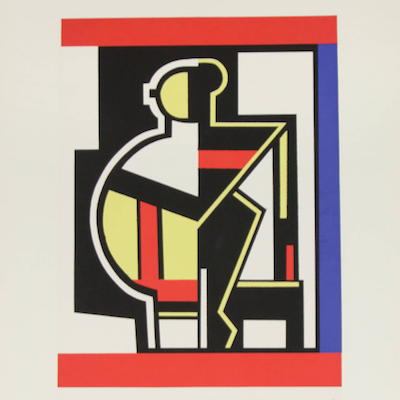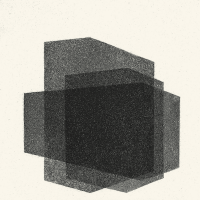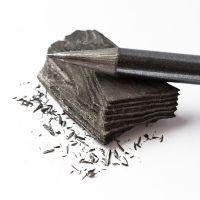
What is Cubism?
Cubism is an art movement that aimed to depict multiple perspectives of objects or figures within a single picture. Artists Georges Braque and Pablo Picasso pioneered this style around 1907. The name Cubism emerged from their use of geometric shapes and outlines that often resembled cubes, breaking objects down into abstracted forms.
Show All
- Show All
- Established
- Discoveries
Show All
ARTWORKS RELATED TO CUBISM
Pablo Picasso
Femme assise et Femme de Dos, pl. 78, 1934
Limited Edition Print
Etching
Inquire For Price
Marc Chagall
Josué devant Jericho, from La Bible, 1931-39
Limited Edition Print
Mixed Media
Inquire For Price
Marc Chagall
Moïse fait jaillir l'eau du rocher, from La Bible, 1931-39
Limited Edition Print
Mixed Media
Inquire For Price
Marc Chagall
Das schwarze Paar und der Musikant, 1960
Limited Edition Print
Lithograph
Inquire For Price
Pablo Picasso
Nu aux Bottines, from La Série 347 (B. 1724; Ba. 1741), 1968
Limited Edition Print
Etching
EUR 5,400
Pablo Picasso
Sur la scène: viellard barbu s'apprêtant à poignarder une femme dans son lit, 1966
Limited Edition Print
Etching and Aquatint
EUR 5,100
Marc Chagall
Quai de la Tournelle, from Regards sur Paris, 1960
Limited Edition Print
Lithograph
EUR 8,400

Intaglio is a printmaking technique where the artist creates marks on a metal plate that hold ink or dye. The inked plate is then pressed onto paper, transferring the ink to the sheet. This process can be repeated multiple times depending on the technique. Intaglio methods, such as etching, often involve applying a mordant (acid) to the metal plate to create the design. Intaglio encompasses various techniques, including engraving, etching, and drypoint.

Graphite is a form of carbon commonly used as the core material in pencils. It can be compressed to various levels of hardness, allowing for different shading effects in drawing. In powdered form, graphite can be applied with a brush for broader, softer applications. Graphite erases easily and was first discovered in the 1500s in England's Lake District.





















